What To Know About Cold Pressed Nut Oils
15 min read Discover the essentials of cold pressed nut oils, including benefits, harvesting methods, and culinary applications for healthier cooking options. July 09, 2025 09:05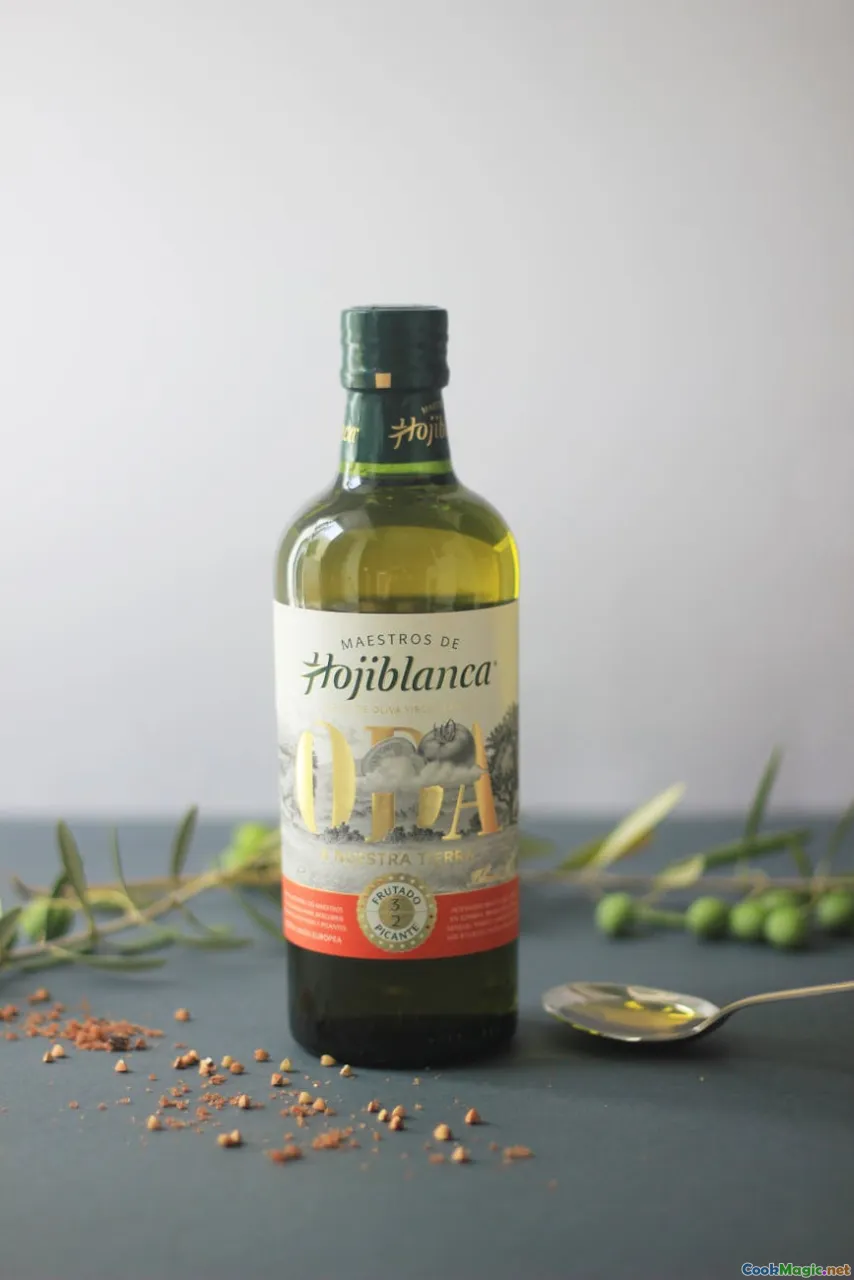
What To Know About Cold Pressed Nut Oils
There's a certain magic behind the vibrant, rich flavors of cold pressed nut oils—an ancient craft that bridges the gap between tradition and modern health-conscious cuisine. When you drizzle a vivid amber-hued almond oil or swirl a golden, nutty sesame oil into a dish, you're not just adding flavor; you're infusing your culinary creation with centuries of tradition, meticulous craftsmanship, and a profound respect for pure ingredients.
The world of nut oils is an olfactory and gustatory voyage—a blend of visual delight, aromatic intrigue, and textural marvels that warrant deeper understanding for the curious culinary enthusiast. But what exactly makes cold pressed nut oils so unique? Let’s delve into their rich history, production methods, health benefits, sensory profiles, and practical tips for incorporating them into your kitchen.
The History and Cultural Significance of Nut Oils
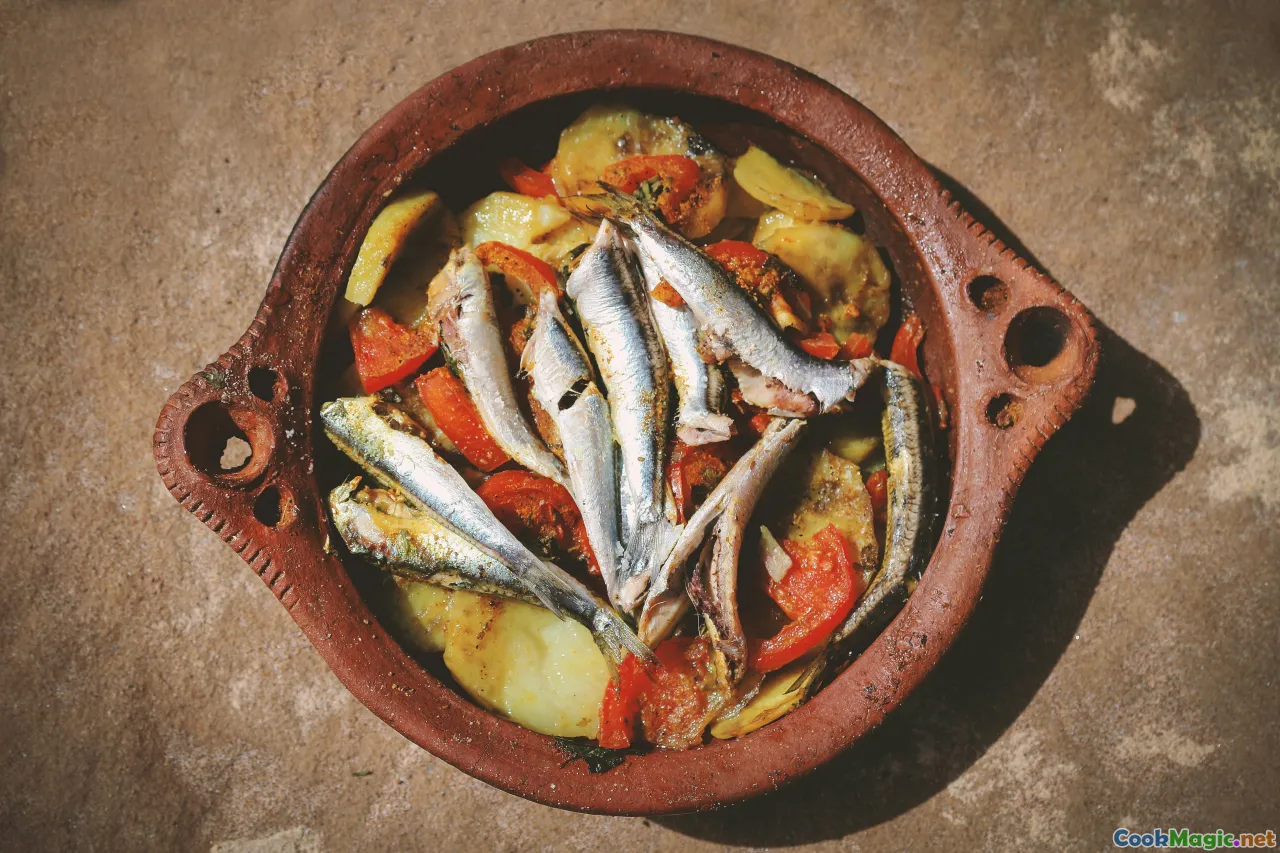
Long before the age of refined, factory-produced oils, ancient civilizations marveled at pressing kernels and nuts to extract their nourishing essence. Imagine the bustling markets of ancient Egypt or Persia, where women and men skillfully crushed sesame, peanut, or almond to produce oils revered for their flavor and medicinal properties. These oils weren’t merely for cooking; they held ceremonial and spiritual value, symbolizing fertility, health, and divine favor.
Across Mediterranean coastlines, where olives dominate, other nut-based oils became staples. For example, hazelnuts ground into a paste to produce aromatic oils in parts of Italy and Turkey. In Southeast Asia, where peanuts have been cultivated for millennia, peanut oil became ingrained in stir-fry dishes, street foods, and home cooking.
In Middle Eastern cultures, sesame oil, known locally as 'sim sim,' bears cultural reverence, used not only in recipes like tahini and halva but also as a symbol of fertility and vitality. These historical roots highlight that nut oils are more than mere ingredients—they’re stories encapsulated in edible form.
The Cold Pressing Process: Preserving Pure Flavor and Nutrients

Unlike refined oils that undergo high heat or chemical treatment, cold pressed nut oils are extracted at temperatures below 120°F (49°C). This gentle process maintains the integrity of delicate flavors and nutrients often compromised during refining. Typically, the process involves crushing the nuts using mechanical presses—either Hydraulic or screw presses—that apply consistent, moderate pressure.
Imagine small-scale artisan presses, where each batch is crafted with care—nuts are ground into a paste, then incrementally pressed to express every ounce of oil, leaving behind a hearty pile of crushed nut residue called 'cake.' The oil collected is usually filtered to remove bits but remains unrefined, raw, and bursting with flavor.
The moral of the story? Cold pressing is akin to pressing the “pause button” on heat, capturing all the vibrancy of raw nuts—the smells of roasted almonds or toasted hazelnuts, hints of earthy aromas, and the shimmering gloss of fresh oil. It’s about preserving the natural molecules, antioxidants, and unsaturated fats that make these oils so nutritious.
The Flavor Profiles of Popular Nut Oils
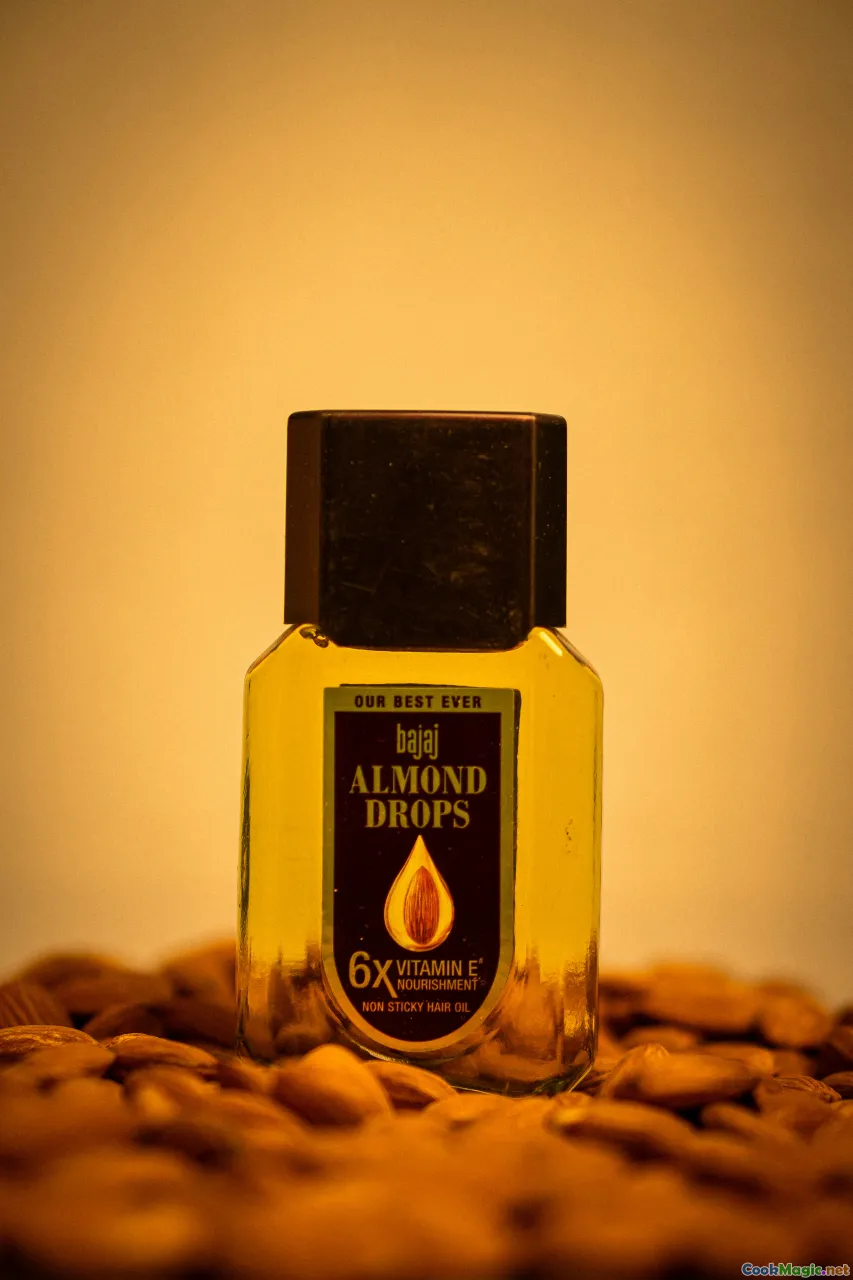
Understanding the sensory landscape of nut oils is crucial for culinary exploration. Each oil carries a character that beckons a specific application:
- Almond Oil: Usually boasting a light, sweet aroma reminiscent of marzipan with subtle nutty notes. When heated, it offers a delicate toasted flavor that enhances baked goods, pasta, and salads.
- Hazelnut Oil: Deep amber in hue, with a robust, toasted aroma and a slightly bitter finish. Perfect for desserts, dark greens, and roasted vegetable dressings.
- Peanut Oil: Bright gold, with a clean, slightly grassy nutty scent. Known for its high smoke point, it’s a favorite for frying and stir-frying, adding richness without overpowering.
- Sesame Oil: Its toasted variant has an intense, smoky aroma that commands attention—often used as a finishing touch rather than a base. It imparts complex, umami-rich flavor to dishes like hummus, noodles, and grilled meats.
These oils are not interchangeable, and appreciating their nuances can unlock new layers in your cooking.
The Health Benefits of Cold Pressed Nut Oils
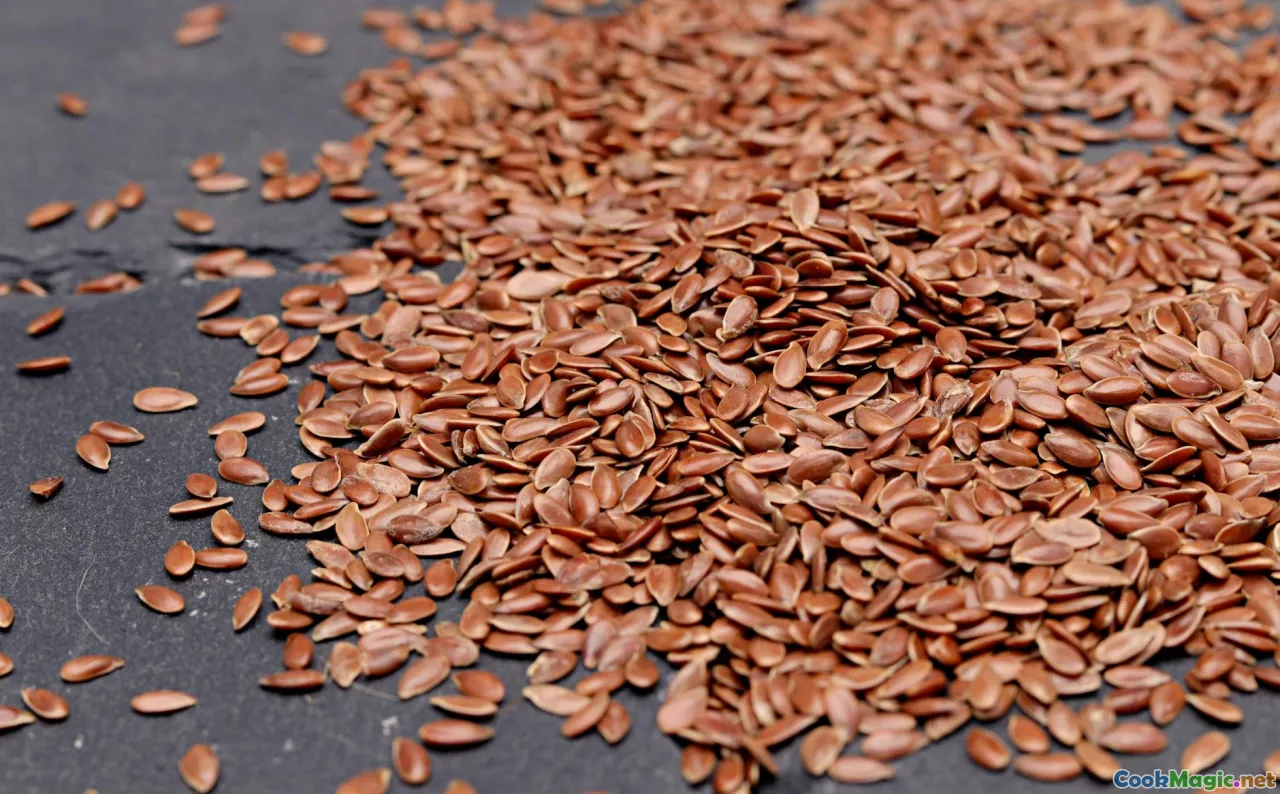
When it comes to health, cold pressed nut oils are champions of the good fats. Rich in monounsaturated and polyunsaturated fatty acids, they promote cardiovascular health, support brain function, and aid in inflammation reduction.
- Rich in Antioxidants: Vitamin E, phytosterols, and polyphenols—naturally occurring in unrefined oils—neutralize free radicals, contributing to overall cellular health.
- Source of Essential Fatty Acids: Omega-3 and Omega-6 fatty acids from nut oils help maintain healthy cell membranes and modulate immune response.
- Reduced Trans Fats and Chemicals: Unlike some refined oils, cold pressed nut oils avoid chemical processing, preserving beneficial compounds.
Although calorie-dense, integrating small amounts into your diet—like a drizzle over salads or in dressings—can be both nourishing and flavorful. Always opt for high-quality, organic options to maximize health benefits.
How to Select the Best Nut Oil for Your Kitchen

Choosing a top-tier cold pressed nut oil involves more than just picking up the first bottle off the shelf.
- Check the Labels: Look for words like "cold pressed," "unrefined," and "extra virgin"—these indicate minimal processing.
- Inspect the Color and Clarity: While clarity isn’t always a sign of quality, vibrant color often signals freshness. Be wary of cloudy or overly dark oils that may be rancid.
- Smell Before Tasting: A fresh nut aroma—mildly toasted or sweet—should greet your senses. Sour or off odors suggest the oil has gone rancid.
- Source and Storage: Purchase from reputable brands with transparent sourcing. Store oils in dark glass bottles in a cool, dark place to preserve freshness.
Practical Tips for Cooking with Nut Oils

Incorporating cold pressed nut oils into your culinary repertoire is a delightful journey. Here are some tips:
- Use as a Finishing Oil: Drizzle over grilled vegetables, roasted meats, or hearty salads to add a nutty depth.
- In Dressings and Marinades: Mix with acids like lemon juice or vinegar to craft robust vinaigrettes.
- In Baking: Swap out neutral oils with almond or hazelnut oil in cookies, cakes, or quick breads for a flavor boost.
- Limit Heating: Although some oils like peanut or sesame are suitable for frying, many nut oils are best enjoyed unheated to preserve flavor and nutrients.
- Experiment Boldly: Blend a touch of hazelnut oil into chocolate ganache or finish a roasted carrot soup with a spoonful of sesame oil for complex flavors.
Comparing Nut Oils: When to Use Each

To truly master nut oils, it’s helpful to understand their best culinary partners:
- Almond Oil: Ideal for delicate baked goods, smoothies, and as a massage oil in Asian cuisines.
- Hazelnut Oil: Pairs beautifully with chocolate, berries, and roasted vegetables—great in desserts, pasta, and drizzled over salads.
- Peanut Oil: High smoke point makes it perfect for frying, popcorn, and Asian stir-fries.
- Sesame Oil: Use sparingly to finish Asian noodle dishes, dressings, and dips. Its smoky aroma adds depth to grilled fish and tofu.
The Kept Secrets of Traditional Recipes and Modern Twists

Many time-honored recipes from Mediterranean, Middle Eastern, and Asian cuisines hinge on a judicious splash of nut oils. Think of the nutty emulsion in authentic Thai peanut satay sauce or the toasted sesame oil in Japanese ramen broth—each elevates the dish.
In contemporary kitchens, chefs experiment with these oils to create modern, health-focused dishes. Imagine a roasted beet and walnut salad drizzled with hazelnut oil, or hazelnut oil-enriched dark chocolate mousse that offers a nuanced, toasted flavor.
These blends bridge cultural landscapes and gastronomic intentions, turning simple ingredients into layered culinary statements.
Storage Tips and Shelf Life for Nut Oils
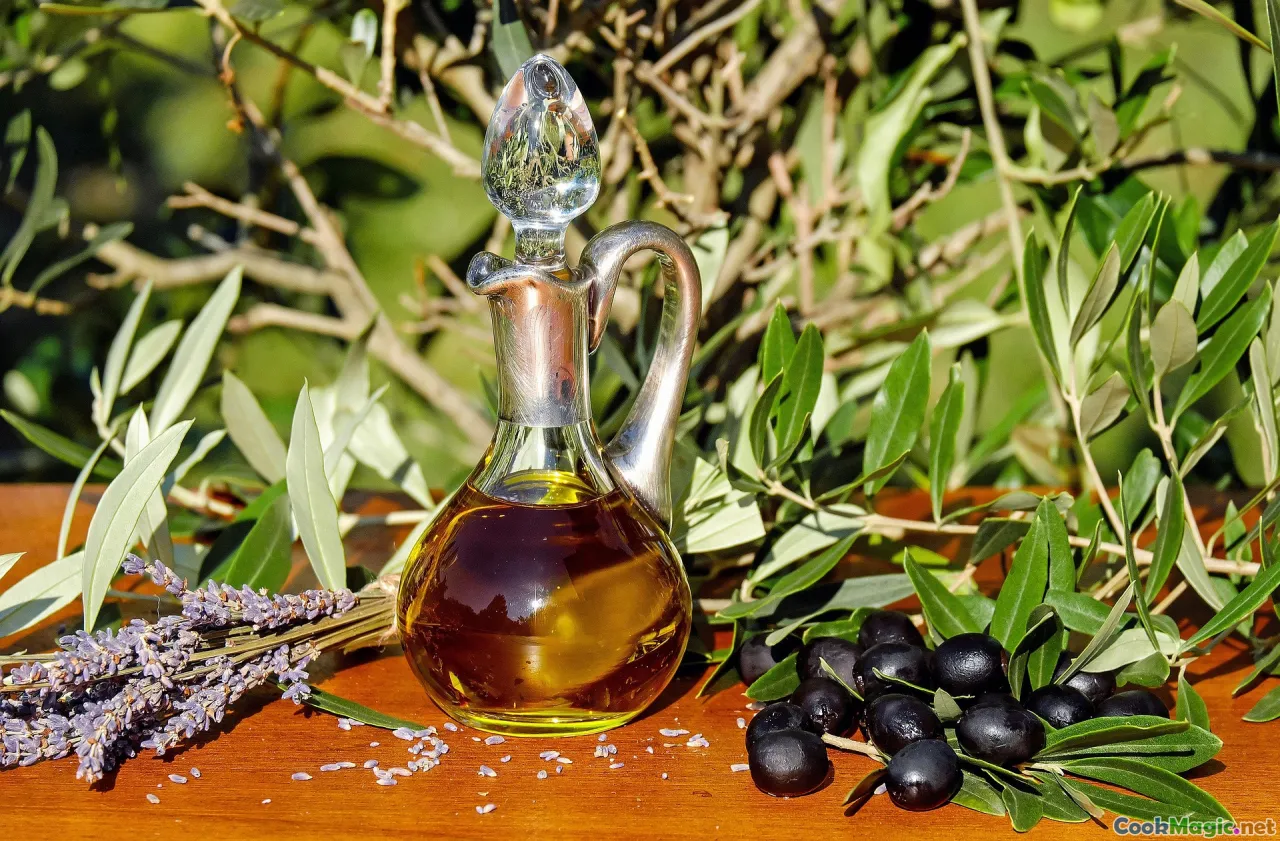
Because cold pressed nut oils are sensitive to light, heat, and air, proper storage prolongs their life and preserves their flavor:
- Keep bottles in a cool, dark spot—pantry shelves away from stoves or sunlight.
- Use airtight containers to prevent oxidation.
- Most nut oils have a shelf life of 6 months to 1 year when stored properly. Check for rancidity; signs include a bitter smell, loss of aroma, or a sticky feel.
- For longer preservation, some enthusiasts store oils in the refrigerator, though this can sometimes cause cloudiness or solidification—simply warm gently before use.
Embracing the Ritual of Crafting Nut Oils at Home

The ultimate way to connect with these precious oils? Make them yourself. Small-scale, hand-operated pressing kits are accessible for passionate home cooks willing to explore.
Start with fresh, high-quality nuts—almonds, hazelnuts, or peanuts—toast lightly to release aroma, then crush and press using your device. This tactile process connects you to centuries of tradition and fills your kitchen with the intoxicating scent of freshly pressed nuts.
Homemade oils can be customized—adding herbs or spices during pressing for infused oils or experimenting with different nut varieties. Plus, you’ll gain a newfound respect for the craftsmanship behind every drop on your plate.
As we celebrate the vibrant world of cold pressed nut oils, it becomes clear that these ingredients are more than simple condiments—they’re flavors rooted in history, packed with health benefits, and elevated through mindful preparation. Whether drizzled over a salad, embraced in a traditional recipe, or crafted by your own hands, nut oils invite us to savor the purity of nature’s bounty in each exquisite drop.









